Part of the reason for blogging is to clarify one’s thinking. Behind this post, making abstract themes – concrete, Stuart Pryke’s analytical verbs and “the character of…” (in this case Othello). Then there is the thought of ‘faultless communication,’ my professional interest in Coaching the pupil’s towards their final assessment on Shakespeare’s presentation of [the character of] Othello.
Here are the constraints. It is reading into writing. A set, unseen extract to be compared with Othello through the play. Lessons are 50 minutes. Will I be delivering this assignment in class or remotely?
Characterisation
Now, I agree with Will Gompertz when he muses:
Shakespeare’s genius was the precision of his writing and characterisation, but his longevity could be down to his ambiguity.
Will Gompertz
The challenge is supporting Year 9s tackling Shakespeare’s “gloriously open to interpretation” brilliance and that the fact these characters are not real.
So I again, head back to Cultures of Thinking and making thinking visible and Johari’s window. A Coaching technique that helps people better understand their relationship with themselves and others using a two-by-two / quadrant approach.
First the client selects adjectives they feel describes their own personality from a defined list. Next, the clients peers do the same. These adjectives are then inserted into a two-by-two grid or quadrant.
- Open – both client and peers select this adjective.
- Blind – selected by the peer not the client.
- Hidden – selected by the client not the peers. What the client is unaware of / possibly untrue?
- Unknown – neither client or peers selected adjectives.
Could pupils use Johari’s approach to reflect on the character of Othello, through the eyes of Othello, to help reflect on his character? Not an easy task. Could pupils subsequently consider the character of Othello through the eyes of Iago / Desdemona? Again possible though far from easy. Definitely a possible approach – one to share with ‘Advanced Level’ teachers from whom I learn a great deal and Shakespeare scholar @Greeborunner.
Taking a step back – making think visible, (side stepping analytical verbs for now), exploring “the character of Othello,” aiming for faultless communication.
Exploring ‘the character of’ and making it visible
First I depicted Othello at the start and at the end of the play. It has been nearly two months since we first encountered Othello in front of the Duke and I felt it was worth refreshing the pupil’s memory. We may watch the clip pending time. (I wonder if Digital Theatre could add a bookmark feature to highlight a few key moments?)
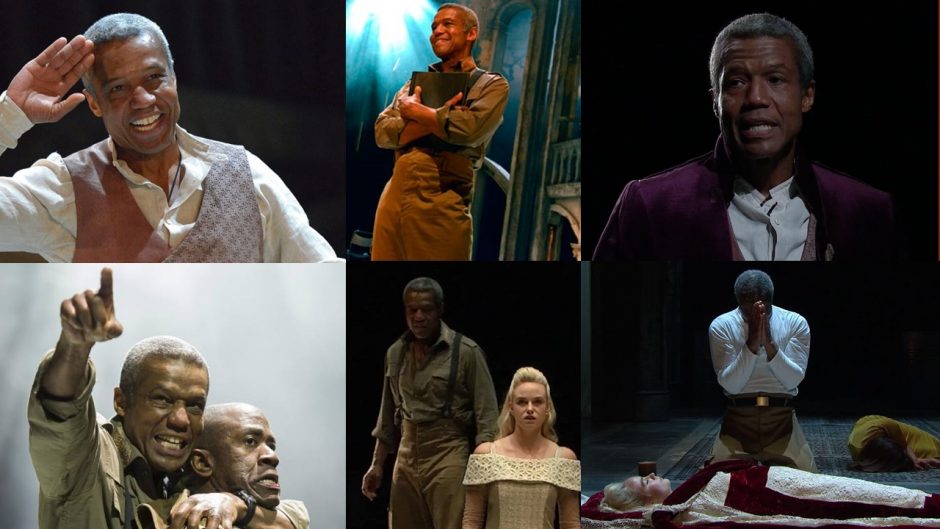
Mimicking Johari, I created an Othello adjectives list (if we are reviewing more Shakespeare characters in this way, across plays even, I may have stuck with Johari’s prescribed adjective list.) There are various lines of enquiry here, set against how the curriculum is designed. Reviewing character(s) within a single cycle, character(s) over a series of cycles, characters from a range of texts. All part of a larger curriculum planning process. If reusable, a common set of character descriptors are required, otherwise. If looking to compare pupils responses, a common set may prove pragmatic. The draw back, it is less sensitive to the character of x.
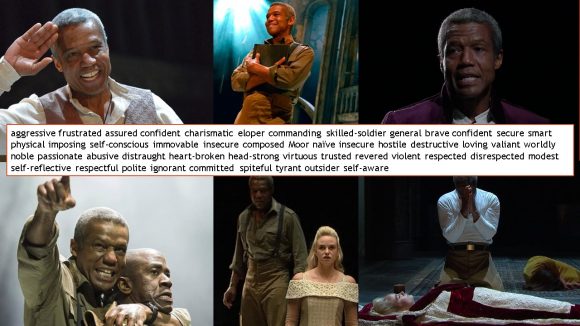
21.03.20. The students really got to grips with this task. They were quick to identify the global differences in the changed character of Othello. – tick.
Having emphasised the character anchors of “I must be found, (My parts, my title, and my perfect soul – 1.2.31) ” versus Iago’s comment “He is much changed” (1.4.119) we moved to the adjectives.
With the benefit of having teaching it once, I reduced the number of adjectives and made a consistent list for paired discussed. I did ask for two adjectives per image from 15. Less is more.
Could we use Johari’s list for all characters assessments? Possibly.
I started with one key aspect (variable) of Othello’s character and used this to present a continuum from open to close minded. A quadrant or two variables is too complex at this stage. Adding the adjectives onto the slide or I may use TripticoPlus and make word magnets is the key thinking task. (How many words / then placements are needed to build a concrete concept of the character of Othello?)
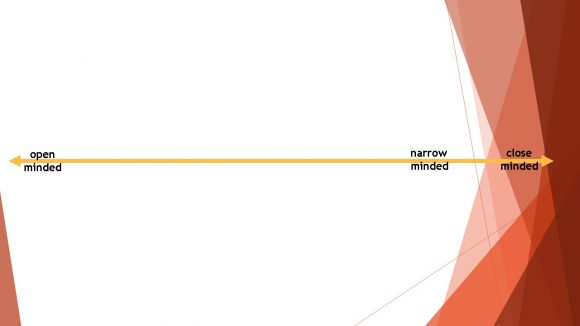
*16.03.20 As is often the case with planning, I also realised that the continuum I presented is merely a timeline. Of course, a personality trait or set of actions will not always be linear. As such, could key moments such as Iago false counsel Act 3.3, and Othello witnessing the handkerchief, could be added to the continuum?
- Complete for the introduction of the character of Othello.
- Explore the placements of the descriptors.
- Confirm the chart as complete.
- Complete for the character of Othello at the end of the play.
- Explore the placements of the descriptors.
- Confirm the chart as complete.
- Explore the differences between the two completed charts.
We will mostly likely stop here.
Variations: Students list the adjectives. Fewer or more adjectives. How to make the most of the added richness of pupil debate and interrogation? How best to explore placements variations on the continuum and whether or not post it notes should be used to allow pupils to amend their responses?
(The more I think about it – I more I am inclined to limit the descriptors. The deeper learning is mining the vein of where to descriptor is placed.)
A significant, additional layer of complexity, borrowing once again from Johari, is to shift these descriptors up or down a self-awareness continuum. Reflecting the degree of self-awareness the character of Othello possesses about himself / each descriptor? This is far more sophisticated and possibly appropriate for deeper discussion?
21.03.20. Having delivered the lesson, a single timeline was more than sufficient for our Year 9 classes.
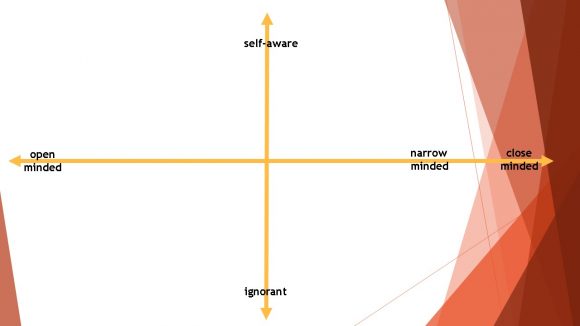
Any thoughts or feedback welcomed.
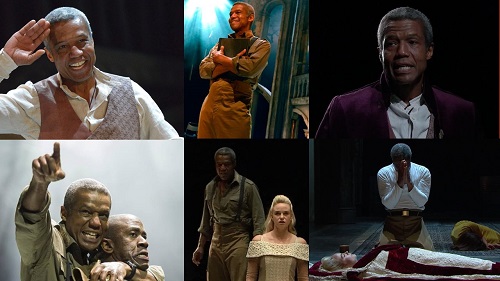


Pingback: Curriculum planning and sequencing – Kristian Still